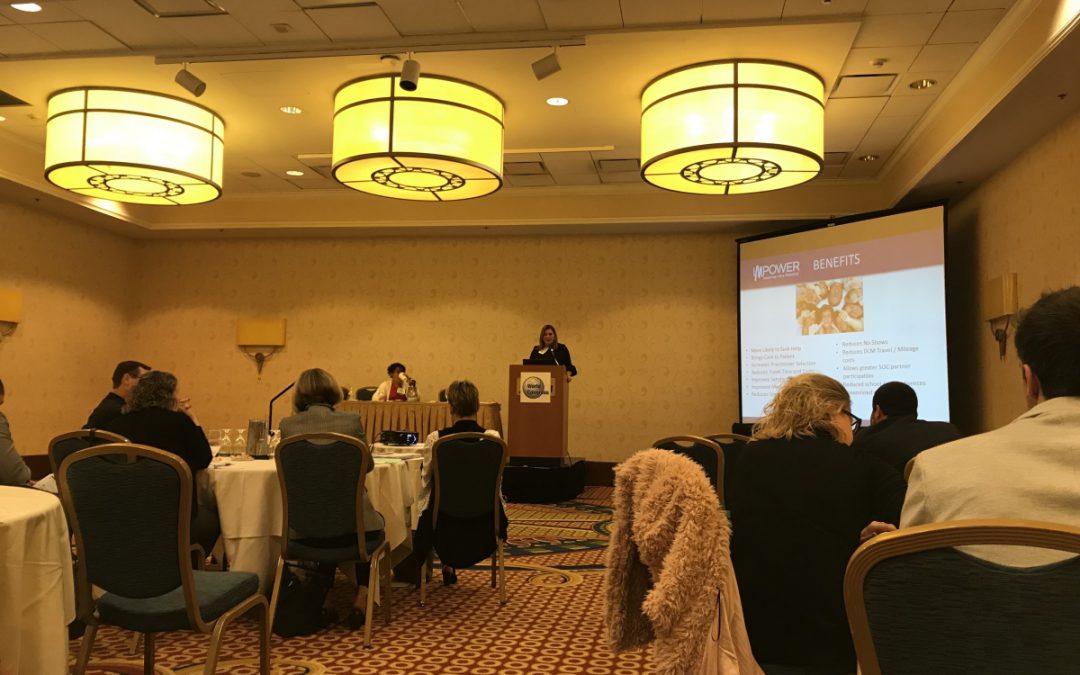ARLINGTON, Va. – In an effort to provide underserved communities with better access to mental health care, professionals are increasingly turning to a technology most people carry with them every day – the smartphone.
Speakers at the 2018 Behavioral Health Care conference in Washington, D.C. discussed how technology along with new ways of delivering care can improve access to services by breaking down geographical and bureaucratic barriers.
“We literally can have a person who can go online, refer themselves, and sign their consent forms,” said Amy-Erin Blakely, vice president of IMPOWER, a Florida health organization that serves 20,000 patients a year, primarily through virtual health care.
Blakely said 98 percent of patients at IMPOWER report being satisfied with services delivered via Telehealth, a technology that provides health services through smartphones and laptops.
According to the U.S. Department of Health and Human Services, 89.3 Americans live in federally designated mental health professional shortage areas.
“We had an overwhelmingly high success rate and satisfaction rate with our patients,” Blakely said. “Very few people said I’d rather take time off work and come and see the practitioners.”
Another innovation that promises to break down barriers to good mental health care is the transition from the fee-for-service to a value-based purchasing model. While fee-for-service pays providers based on the number of patients they see, value-based models tie payment to the quality of services.
Dr. Matthew Hurford, chief medical officer at the Community Care Behavioral Health Organization in Pennsylvania, said value-based systems could help in rural areas where substance abuse and mental health issues are often untreated.
“We want to build a ramp. This shouldn’t be a ladder,” Dr. Hurford said. “This shouldn’t be like you’re climbing a mountain.”
Patient’s poor understanding of insurance models is another barrier to accessing behavioral healthcare in the U.S., according to conference participants.
Shondelle Wilson-Frederick, statistician and national program lead for the Office of Minority Health at the Center for Medicare and Medicaid Services, described her office’s efforts to close the gap in health disparities through the Coverage to Care program.
Within this initiative, CMS provides a customizable guide to help patients better understand their health care coverage and connect them with primary care providers.
“With the expansion of Medicaid, some people were getting insurance for the first time and they just didn’t know how to use it,” Wilson-Frederick said.
In an effort to reach more diverse populations, resources within the Coverage to Care program are provided in several languages, including Arabic, Chinese, Spanish, and Russian.

